How Sleep Affects Your Immune System
 I’ve seen people who get every cold and flu that’s making the rounds, yet who also eat healthy meals and get adequate exercise. When they ask for help to boost their immune system, after the traditional dietary questions, I ask about their sleep habits. In most cases, these people aren’t getting adequate sleep. They claim they have too much to do for that to happen, yet they end up spending days in bed, unable to get tasks accomplished. One of the factors for a healthy immune system that’s often overlooked is lack of sleep.
I’ve seen people who get every cold and flu that’s making the rounds, yet who also eat healthy meals and get adequate exercise. When they ask for help to boost their immune system, after the traditional dietary questions, I ask about their sleep habits. In most cases, these people aren’t getting adequate sleep. They claim they have too much to do for that to happen, yet they end up spending days in bed, unable to get tasks accomplished. One of the factors for a healthy immune system that’s often overlooked is lack of sleep.
What happens when you sleep?
Understanding why sleep is important for good health requires knowing what sleep does for your body. Cytokines, a protein created by T cells, provides a strong immune response when infection or inflammation occurs. They’re created while you’re asleep. They’re also released during sleep. If you don’t get adequate sleep, not only won’t you make them, those that are made in the short time frame when you do sleep won’t be released.
You’ll eat healthier and maintain your weight better when you get adequate sleep.
People who are overweight or obese tend to be more susceptible to disease. It’s more than just heart disease or high blood pressure, it can include viruses, too. Lack of sleep affects your hormone balance between leptin, the satiety hormone, and ghrelin, the hunger hormone. It suppresses the creation of leptin and increases ghrelin. That causes you to eat more. Lack of sleep also tends to make you crave instant energy from sugar and highly refined foods. You’ll eat more and less healthily.
The body needs sleep to do its work.
If you lack sleep, it stresses your body, producing hormones like adrenaline, cortisol and noradrenaline. These are pro-inflammatory and can inhibit the effectiveness of T-cells, which stick to cancerous cells and cells that are infected with viruses. In order to be functional, T-cells require the ability to stick to cells. Sleep lowers the amount of stress hormones, allowing the transmembrane receptors that facilitate the stickiness of T-cells to function and giving more direct contact that boosts the immune reaction.
- Not only is the amount of sleep important, so is the quality of sleep. Don’t sleep with lights on or the television. It’s especially important for older people who feel less rested after adequate sleep.
- Not only does the stress response interfere with T-cell activity, but lack of sleep also increases the stress response. It triggers the release of hormones that are detrimental to your health.
- To get the best quality of sleep, keeping your bedroom cooler is important. It’s important not to have too many covers. Your core temperature needs to be lowered to attain a deep sleep.
- Just like scheduling exercise, you should have a sleep schedule that you keep even on the weekends. You should go to bed at the same time and get up at the same time every day to enhance your circadian rhythm.
For more information, contact us today at LIV Fitness

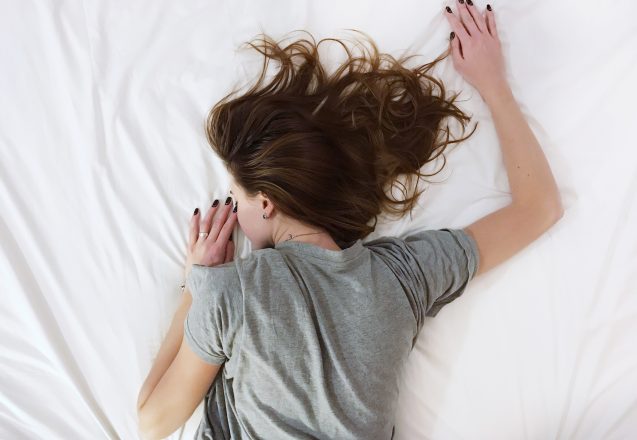
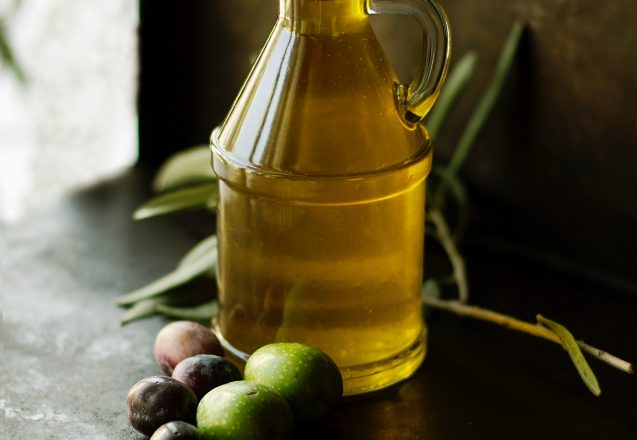
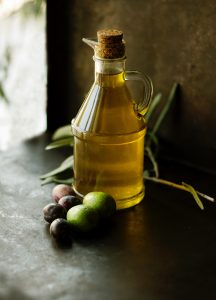 If you’re looking for the healthiest oil to use, and choosing from olive, avocado or coconut oil, you’ve narrowed your choices down to three very healthy options. All three are good oils to use and each has their own benefits and drawbacks. What it basically comes down to is your personal taste and making certain you get the oil that has the right type of processing in each group. For instance, choose extra virgin olive oil and extra virgin avocado oil that’s first pressed and cold processed. Coconut oil is removed from the meat of the coconut through a wet or dry technique. The wet method and first pressed is the healthiest coconut oil.
If you’re looking for the healthiest oil to use, and choosing from olive, avocado or coconut oil, you’ve narrowed your choices down to three very healthy options. All three are good oils to use and each has their own benefits and drawbacks. What it basically comes down to is your personal taste and making certain you get the oil that has the right type of processing in each group. For instance, choose extra virgin olive oil and extra virgin avocado oil that’s first pressed and cold processed. Coconut oil is removed from the meat of the coconut through a wet or dry technique. The wet method and first pressed is the healthiest coconut oil.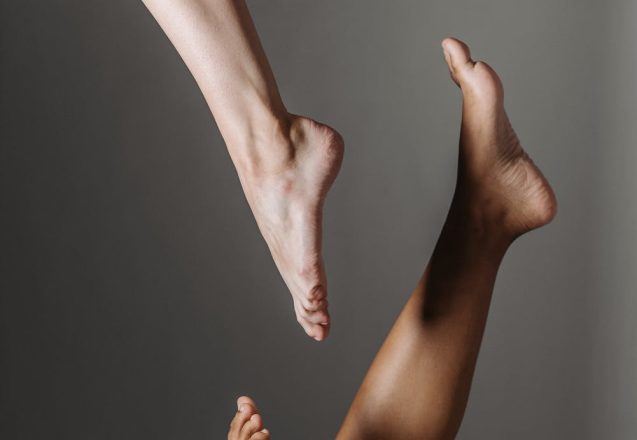
 Who doesn’t want great looking legs? It’s a goal of both men and women. At LIV Fitness in Dublin, CA, our workouts focus on balance, variety and avoiding both plateauing and repetitive strain injuries. There are a huge number of exercises to help tone legs, some of which focus on thighs, while others on calves and ankles. If you’re trying to reduce the size of thighs or increase the size of calves to balance with the rest of the body, there are exercises that help.
Who doesn’t want great looking legs? It’s a goal of both men and women. At LIV Fitness in Dublin, CA, our workouts focus on balance, variety and avoiding both plateauing and repetitive strain injuries. There are a huge number of exercises to help tone legs, some of which focus on thighs, while others on calves and ankles. If you’re trying to reduce the size of thighs or increase the size of calves to balance with the rest of the body, there are exercises that help.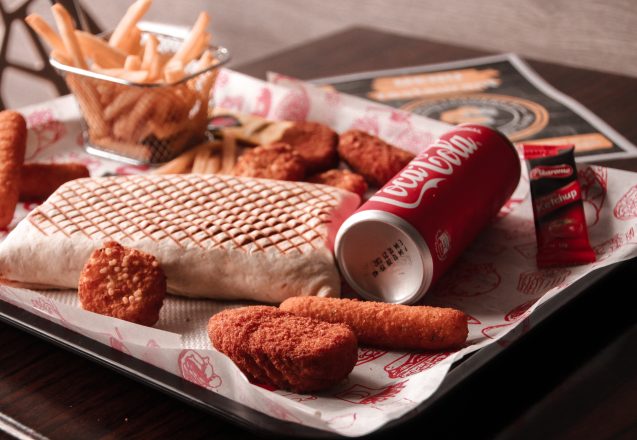
 There’s a lot of different ways foods are processed and different types of processed foods. Just cleaning vegetables makes it processed. Not all processed foods are bad for you. In fact, in some cases, they may be healthier than fresh fruits and vegetables. Frozen fruits and vegetables without additives are picked at peak ripeness, so they’re packed with nutrients. However, those veggies and fruit on the grocery shelf are picked early and ripen in transit to the grocery store, often sitting on the shelf for several days. Processed foods with additives are a different group entirely and may be one of the reasons it’s hard to lose weight.
There’s a lot of different ways foods are processed and different types of processed foods. Just cleaning vegetables makes it processed. Not all processed foods are bad for you. In fact, in some cases, they may be healthier than fresh fruits and vegetables. Frozen fruits and vegetables without additives are picked at peak ripeness, so they’re packed with nutrients. However, those veggies and fruit on the grocery shelf are picked early and ripen in transit to the grocery store, often sitting on the shelf for several days. Processed foods with additives are a different group entirely and may be one of the reasons it’s hard to lose weight.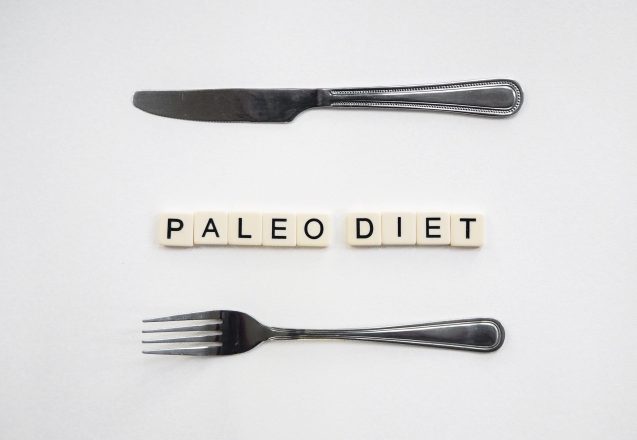
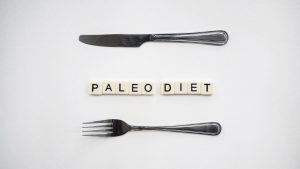 If you’ve heard about the Paleo diet, but didn’t know what it was, you might wonder if it was good, a hoax or just another fad. It’s based on the diet that man might have eaten during the Paleolithic period—2.6 million years to 12,000 years ago. During that period of time, man was not agrarian and instead was a hunter-gatherer. Man didn’t eat grains, dairy, sugars, salts, oils, caffeine, alcohol or legumes, but focused on meat from wild animals, and what they could forage in the wild, like fruit, nuts and roots. The idea is to go back to the way man ate then to maximize digestion and benefits.
If you’ve heard about the Paleo diet, but didn’t know what it was, you might wonder if it was good, a hoax or just another fad. It’s based on the diet that man might have eaten during the Paleolithic period—2.6 million years to 12,000 years ago. During that period of time, man was not agrarian and instead was a hunter-gatherer. Man didn’t eat grains, dairy, sugars, salts, oils, caffeine, alcohol or legumes, but focused on meat from wild animals, and what they could forage in the wild, like fruit, nuts and roots. The idea is to go back to the way man ate then to maximize digestion and benefits.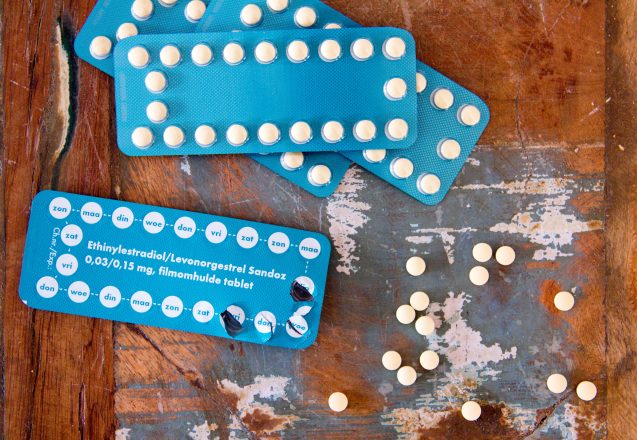
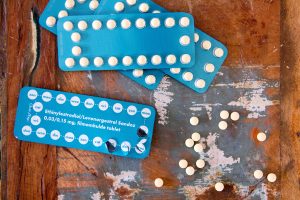 Low carb diets can be great for weight loss in most cases. However, in some people it can negatively affect the body. For instance, if a low carb diet is too low in carbs or followed for too long, it can cause problems with some women’s hormones. It can cause problems with the menstrual cycle, disrupt sleep quality and even cause infertility. A diet too low in carbs can affect your mood, causing anxiety and depression. It can also interfere with weight loss, to the point it may cause weight gain.
Low carb diets can be great for weight loss in most cases. However, in some people it can negatively affect the body. For instance, if a low carb diet is too low in carbs or followed for too long, it can cause problems with some women’s hormones. It can cause problems with the menstrual cycle, disrupt sleep quality and even cause infertility. A diet too low in carbs can affect your mood, causing anxiety and depression. It can also interfere with weight loss, to the point it may cause weight gain.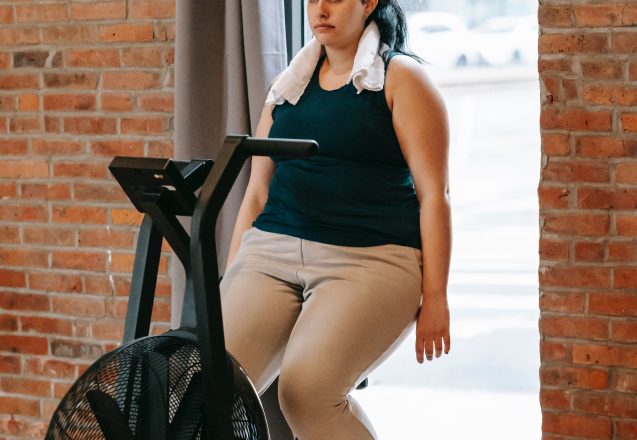
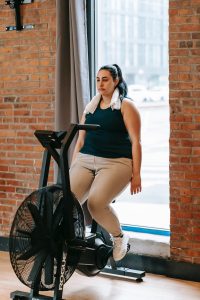 Do you find yourself dreading working out, when just a few months ago, you couldn’t wait to go to the gym? Maybe you’ve noticed you have more colds or a foul mood recently that can’t be explained. You could have burnout. Burnout occurs for a number of reasons, but it’s often from pushing yourself too hard, too often for an extended period. It can slow progress and even diminish the progress you’ve already made.
Do you find yourself dreading working out, when just a few months ago, you couldn’t wait to go to the gym? Maybe you’ve noticed you have more colds or a foul mood recently that can’t be explained. You could have burnout. Burnout occurs for a number of reasons, but it’s often from pushing yourself too hard, too often for an extended period. It can slow progress and even diminish the progress you’ve already made.
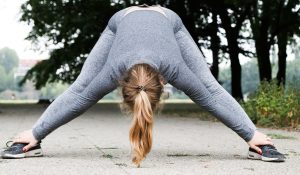 Do you want to lose weight and focus on what exercises can help you reach that goal? It’s a natural reaction, but don’t give up stretching just because you don’t think it will burn calories. No matter what workout or movement you do, it burns more calories than you would laying on the couch and stretching plays an important role in fitness. Stretching can help warm the body and get it ready for a workout, improve flexibility to prevent injury and cool down your body after an intense workout.
Do you want to lose weight and focus on what exercises can help you reach that goal? It’s a natural reaction, but don’t give up stretching just because you don’t think it will burn calories. No matter what workout or movement you do, it burns more calories than you would laying on the couch and stretching plays an important role in fitness. Stretching can help warm the body and get it ready for a workout, improve flexibility to prevent injury and cool down your body after an intense workout.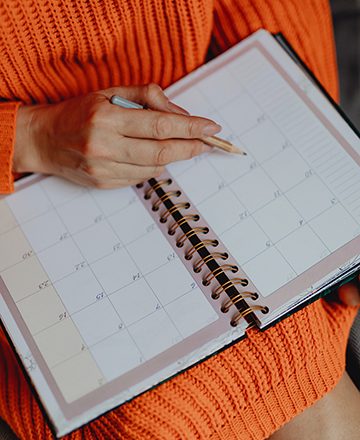
 Everyone has interruptions in their life that take them away from the gym. Do these interruptions cause you to lose muscle mass? Of course, they do. However, taking a week off won’t do much damage, except making it a bit more difficult to get back into your routine. Just how long will it take before you start to lose muscle mass that will make a difference in your level of fitness.
Everyone has interruptions in their life that take them away from the gym. Do these interruptions cause you to lose muscle mass? Of course, they do. However, taking a week off won’t do much damage, except making it a bit more difficult to get back into your routine. Just how long will it take before you start to lose muscle mass that will make a difference in your level of fitness.